The Australian government’s medical, prescription-only model for nicotine vaping was introduced on October 1, 2021, and has been a resounding policy failure. Like most prohibitionist policies it has created a thriving black market, poor compliance, and detrimental public health outcomes.
To legally possess nicotine e-liquid in order to quit smoking, vapers must get a doctor’s prescription and purchase supplies from pharmacies or international online vendors. Without a prescription, possessing or importing nicotine liquid is a criminal offence, punishable by fines up to AUD $222,000 and even jail terms. The sale of nicotine from vape shops and other retail outlets is banned.
The regulations were intended to prevent youth vaping while allowing access for adult smokers to use vaping as a smoking cessation aid. After 12 months, it is clear that they have achieved neither of those goals. In fact, they have had the opposite effect.
According to a recent Roy Morgan survey, no more than 12 per cent of vapers have a prescription for nicotine and only 2 per cent of purchases were from a pharmacy – the government’s preferred model. Legal access is complex, onerous, and costly. Perversely, it is far easier to buy deadly cigarettes. Vapers also do not see themselves as patients in need of medicines to stop smoking and have rejected the need to see a doctor.
Doctors have not supported the regulations.
In June 2022, only 200 out of 31,000 general practitioners were publicly listed as nicotine prescribers. GPs cannot advertise their availability for nicotine prescribing, so it is very difficult for vapers to find a prescriber.
GPs are skeptical about vaping and are reluctant to prescribe nicotine. They are constantly exposed to negative messaging by the Therapeutic Goods Administration, government agencies, medical associations, colleges, health charities, and the mainstream media. GPs also fear medico-legal repercussions for prescribing unapproved products and no vaping products are approved by the medicines regulator. GPs also know very little about vaping and have had minimal training. Most do not even know how to write a nicotine prescription.
Only a handful of community and online pharmacies dispense nicotine liquid. Those that do stock nicotine products have a very small range to choose from.
Predictably, the prohibitionist model has created a thriving black market for illegal, unregulated vaping products that do not comply with Australian standards. Massive numbers of poor-quality devices are being imported from China and are widely sold by tobacconists, convenience stores, online, and on social media. There is no quality control for illegal products and the black market sells freely to children. Criminal organisations are becoming increasingly involved.
Enforcement of the black market is minimal and prosecutions by state and territory Health Departments are rare. Many businesses will resume selling illegal products within weeks of a raid.
Interceptions of illegal imports by the Australian Border Force are extremely rare due to a lack of resources and political pressure. The vast majority of illegal imports are not detected.
The widespread availability of disposable nicotine vapes on the black market has devastated the legal retail vape industry. Many shops have reported a substantial decline in sales and some have closed as a result.
Vaping by adolescents has increased dramatically since the new regulations began with almost daily media reports of widespread youth vaping. High-nicotine (5-6 per cent) disposable vapes are freely sold on the black market and are easily accessible by teens from tobacconists, convenience stores, petrol stations, and even in Ubers. Devices are easily purchased on social media, often with a home delivery service.
There are increasing reports from schools of teens vaping in toilets and the classroom. Some schools are installing vape detectors in the toilets, removing toilet doors, locking toilets during class hours, installing security cameras, suspending students for vaping at school, and confiscating vapes. There are reports of students becoming nicotine-dependent, are unable to stop vaping, and have experienced other adverse effects. Children from as young as five have been reported using vapes.
The only way to eliminate an illicit market is to replace it with a legal and regulated market. Nicotine liquid should be an adult consumer product that is sold from licensed retail outlets such as vape shops, convenience stores, tobacconists, and general stores. There should be strict age verification and severe penalties and loss of licence for under-age sales, with strict enforcement.
It would be worthwhile having a dual pathway, with both consumer and medically approved products which doctors can prescribe. This would legitimise vaping for doctors and reassure them and the public about safety concerns.
Australia’s experiment has failed. We need to accept that, admit the mistake, and move forward with a more realistic regulatory model to support Australia’s smokers and vapers.
Dr Colin Mendelsohn is a clinician, academic and researcher with a special interest in tobacco treatment and tobacco harm reduction. He is the Founding Chairman of the Australian Tobacco Harm Reduction Association. He has never received funding from vaping or tobacco companies.
Got something to add? Join the discussion and comment below.
Get 10 issues for just $10
Subscribe to The Spectator Australia today for the next 10 magazine issues, plus full online access, for just $10.

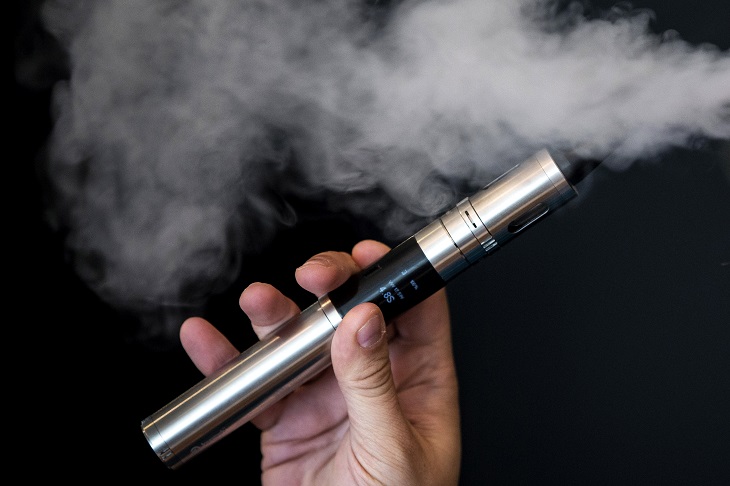
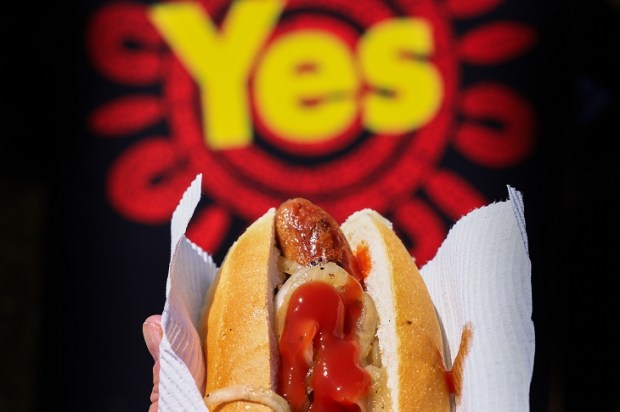
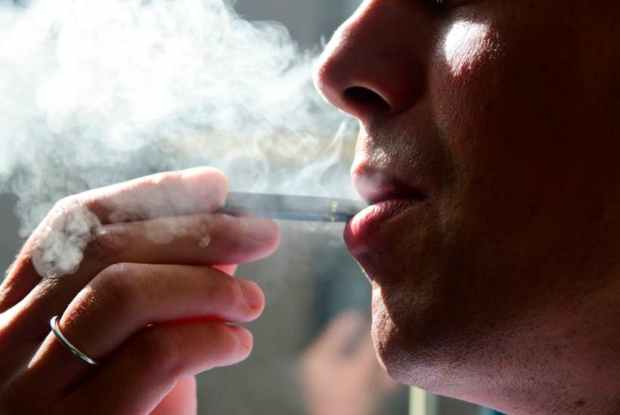

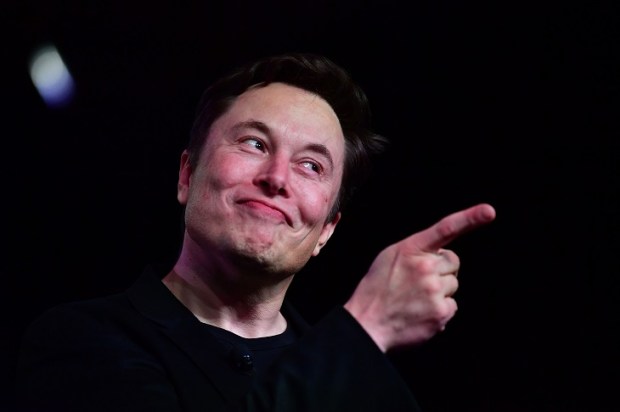
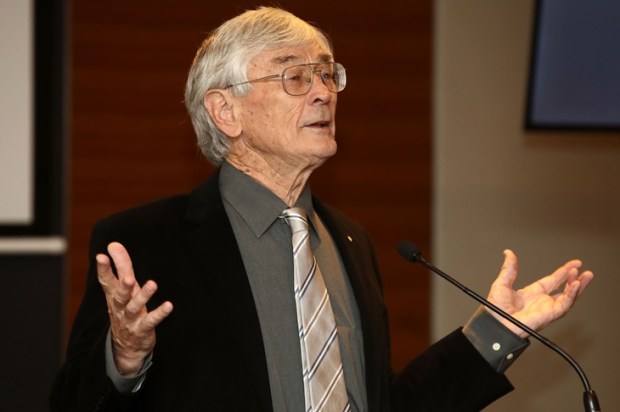



















Comments
Don't miss out
Join the conversation with other Spectator Australia readers. Subscribe to leave a comment.
SUBSCRIBEAlready a subscriber? Log in